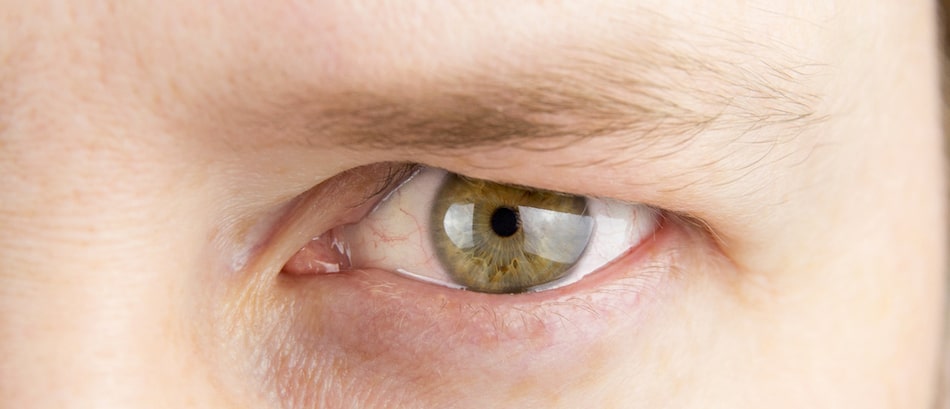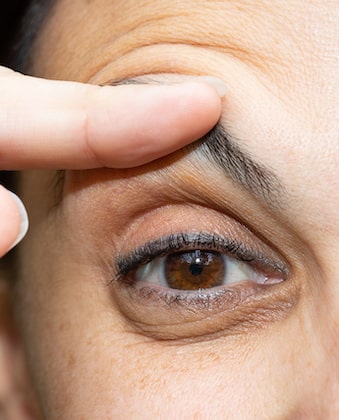
While many people consider the appearance of a droopy eyelid to be a cosmetic issue related to the face, this condition can also have a negative impact on the vision of a person. The occurrence of a droopy eyelid can either be a congenital condition (which means it is present at birth) or it can be a condition that is acquired by a person later in life. A droopy upper eyelid is also known as ptosis, and it can prevent a person from being able to fully open their eye.
 A person who is experiencing ptosis usually has a limited amount of vision that allows to see straight ahead of them. In addition, the condition can obstruct their peripheral vision on a regular basis.
A person who is experiencing ptosis usually has a limited amount of vision that allows to see straight ahead of them. In addition, the condition can obstruct their peripheral vision on a regular basis.
The drooping of the eyelid can be caused a weakness of the muscles that control the eyelid as well as issues with the nerves that control the muscles that are present at birth. If ptosis is acquired later in life, it could be the result of the aging process, some form of damage or injury to the eyelid or eyelid muscles that are over-stretched.
In addition, an eyelid that has extra skin or a fat mass can also weigh the eyelid down to the point that it is drooping.
The actual shape of the eyelid, along with the amount of severity of the drooping, determines the limitation of the field of vision of the person.
The treatment of a droopy eyelid is determined by a surgeon who is both board-certified and experienced in examining the eyelid and providing the patient relief from the condition. Some of the most common surgical options include:
There is also a nonsurgical option available to patients and it is the use of Upneeq which is a prescription eye drop. This eye drop was approved for the use of ptosis in 2020 by the U.S. Food and Drug Administration (FDA) and it contains oxymetazoline. The eye drop causes a contraction of the eyelid muscle so the eyelid is lifted, and it can be used once per day by the person with the droopy eyelid. Patients do need to know that this prescription eye drop will not work if the ptosis was caused by an injury or by a reduction in the nerve function of the eyelid. Plus, it is not approved by the FDA for use in treating congenital ptosis or by children.
The cost of the procedure depends on the severity of the condition, the amount of work that needs to be performed by the surgeon, the treatment option performed by the doctor, any additional fees charged by the medical facility or the surgeon, the part of the country where the treatment is performed, and whether or not health insurance covers part of the treatment.
The results of a surgical treatment for a droopy eyelid are long-lasting and are even sometimes considered to be permanent. The results generally last anywhere from 10-15 years as long as the patient follows the post-op instructions provided to them by the doctor. Patients will enjoy improved vision and an improved aesthetic appearance to the eye along with a look that is younger and more rejuvenated.
The first step in addressing the issue of a droopy eyelid is scheduling a consultation appointment with a doctor who is experienced in performing eyelid surgery. The surgeon will examine the eyelid to determine the extent of the condition and to identify the reason for the droopy eyelid. The doctor will also be able to share the various medical options available to the patient, so the person is able to make an informed decision about treating the droopy eyelid. The patient should also ask to see “before and after” photos of actual patients treated by the surgeon in order to get a better visual idea of the type of results they can expect to experience after the procedure.
- MA